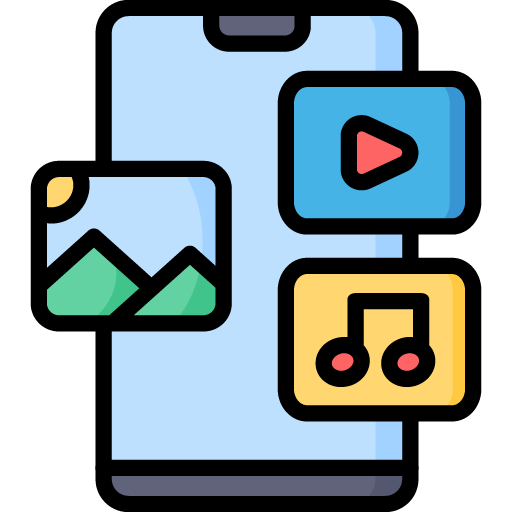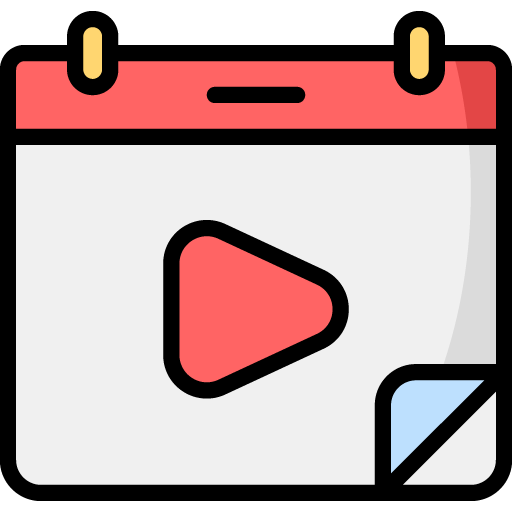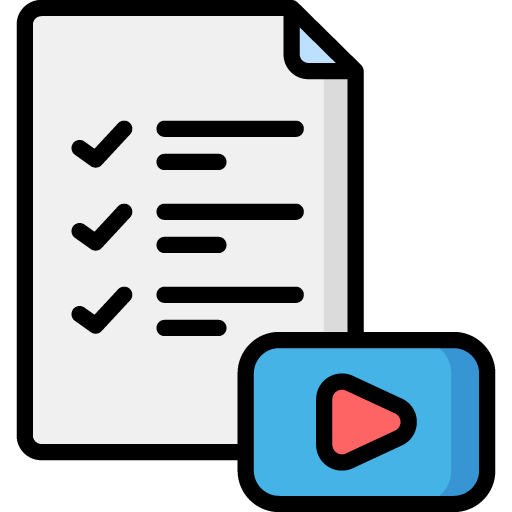YouTube is no longer just a platform for entertainment. For marketers, it’s an essential tool that can drive brand awareness, educate potential customers, and convert viewers into leads and sales. In today’s digital landscape, integrating YouTube into your marketing funnel isn’t optional—it’s a strategic necessity.
This guide will walk you through how YouTube videos can be used effectively at every stage of the marketing funnel, from awareness to conversion, with actionable tips and real-world examples.
Integrating YouTube into Your Marketing Funnel
A Guide for Lead Generation
Understanding the Marketing Funnel
Before diving into video content strategy, let’s quickly recap the core stages of a typical marketing funnel:
- Top of Funnel (TOFU) – Awareness:
- Goal: Attract and introduce new people to your brand.
- Content: Educational, entertaining, or inspirational videos.
- Middle of Funnel (MOFU) – Consideration:
- Goal: Engage interested viewers and build trust.
- Content: Product explainers, how-tos, case studies.
- Bottom of Funnel (BOFU) – Conversion:
- Goal: Drive action like sign-ups, demos, or purchases.
- Content: Testimonials, product demos, comparison videos.
- Post-Funnel – Retention and Advocacy:
- Goal: Nurture relationships, turn customers into fans.
- Content: Updates, feature releases, community stories.
Top of Funnel: Building Awareness with YouTube
At the awareness stage, your audience may not know your brand exists. The goal here is to reach a broad audience and provide value that sparks curiosity.
Best TOFU Video Types:
- Educational Explainers: Answer common questions in your industry.
- Trend Videos: React to or discuss industry trends.
- Behind-the-Scenes: Offer a human touch and brand story.
- Vlogs: Share your team, culture, or day-in-the-life content.
Optimization Tips:
- Use keyword research to target high-volume questions.
- Create compelling thumbnails and titles.
- Include clear branding without being overly promotional.
Example: A SaaS company could create a video titled, “What Is Workflow Automation?” to introduce new users to a key pain point their tool solves.
Middle of Funnel: Building Trust and Engagement
At this stage, your viewers are aware of you but need more reasons to believe in your solution. Here’s where value-driven content becomes crucial.
Best MOFU Video Types:
- Product Explainations & Feature Spotlights: Dive deeper into what you offer.
- Tutorials and How-Tos: Help viewers solve problems using your product.
- Customer Case Studies: Share success stories with measurable results.
Optimization Tips:
- Use end screens to drive viewers to additional content.
- Include mid-video CTAs to subscribe or visit your site.
- Add links to downloadable guides or resources.
Example: A CRM platform could post a tutorial titled, “How to Automate Lead Nurturing in [Product Name].”
Bottom of Funnel: Driving Conversions
Now it’s time to turn warm leads into customers. Content at this stage must be direct, benefit-oriented, and focused on action.
Best BOFU Video Types:
- Product Demos: Show how your tool works in real time.
- Comparison Videos: Highlight what makes your product better.
- Testimonials and Reviews: Let happy customers do the talking.
- Live Q&A or Webinars: Address objections and answer FAQs.
Optimization Tips:
- Include clickable CTAs to landing pages.
- Add limited-time offers or trial links.
- Highlight pain points and solutions clearly.
Example: An HR tech company might produce a video called, “Why [Product] Beats [Competitor] for Remote Teams.”
Post-Funnel: Retaining and Delighting Customers
The funnel doesn’t stop at the sale. Keeping existing customers engaged improves lifetime value and generates advocacy.
Best Post-Funnel Video Types:
- Product Update Videos: Announce new features.
- User Spotlights: Feature customers and their use cases.
- Community Q&As: Strengthen customer relationships.
- How to Get the Most Out of [Product]: Maximize usage.
Optimization Tips:
- Encourage comments to start conversations.
- Use playlists to keep users engaged with similar content.
- Share these videos in customer newsletters.
Example: A project management app could release a video titled, “5 Hidden Features in [Product Name] You Should Be Using.”
YouTube SEO Best Practices for Funnel Videos
Regardless of where your content sits in the funnel, optimizing for search is key. Here’s how to do it right:
- Keyword Research: Use tools like TubeBuddy or VidIQ.
- Metadata: Optimize titles, descriptions, and tags.
- Thumbnails: Design visually striking, text-light graphics.
- Captions & Transcripts: Improve accessibility and SEO.
- Engagement: Encourage likes, comments, and shares.
Creating a YouTube Content Calendar
A strategic content calendar ensures you’re regularly publishing videos that target different funnel stages.
Tips for Planning:
- Alternate TOFU, MOFU, BOFU, and post-funnel content.
- Align videos with campaigns, launches, and seasonal trends.
- Review analytics to adjust publishing frequency.
Example Schedule:
- Week 1: TOFU – Educational explainer
- Week 2: MOFU – Case study
- Week 3: BOFU – Demo video
- Week 4: Post-funnel – Feature release
Measuring Success Across the Funnel
Track performance to understand which content types are driving results at each stage.
Key Metrics by Funnel Stage:
- TOFU: Views, impressions, click-through rate (CTR), watch time.
- MOFU: Average view duration, session time, subscribers gained.
- BOFU: Clicks to site, lead form submissions, demo requests.
- Post-Funnel: Repeat views, comments, social shares, customer satisfaction.
Tip: Use UTM links in your descriptions to track conversions in your CRM.
Tools to Use
- YouTube Studio: Built-in analytics and management.
- Google Analytics: Track site behavior post-click.
- HubSpot / Salesforce: Measure lead generation and nurturing.
- Loom / Descript / Camtasia: For video creation and editing.
- Notion / Trello: Content planning and collaboration.
Final Thoughts
YouTube is one of the most versatile platforms in your marketing arsenal. By mapping your video content to the marketing funnel, you ensure every upload has a purpose—whether it’s attracting new prospects, nurturing leads, or converting and retaining customers.
With the right strategy, YouTube becomes more than a content channel. It becomes a lead generation engine that works 24/7 for your business. Start today by auditing your current funnel and identifying where video can fill the gaps.







 Edit Your Footage
Edit Your Footage
Leave a Reply